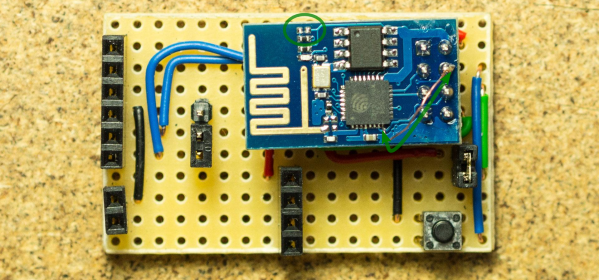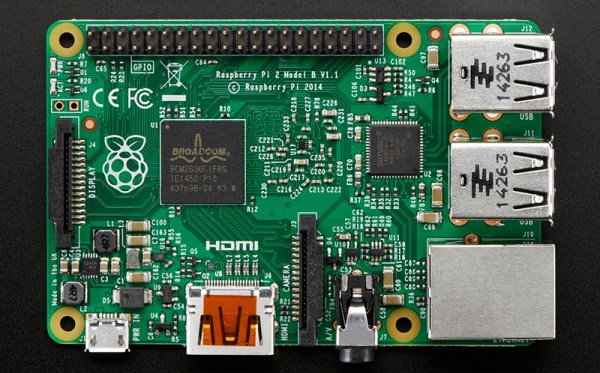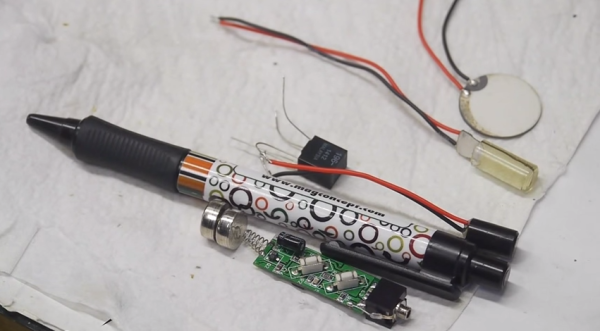Lots of people have developed their own systems for automating the growth of plants. Keeping the environment under tight control leads to better yield, and computers are better than humans at remembering to water the plants regularly. [Kyle] is into growing mushrooms (the legal, edible type) and automating things. This led to his system for automated mushroom cultivation.
We’ve seen an automated system for growing fungi before, but [Kyle]’s project is a bit bigger. He’s built a sealed room for growing mushrooms. The room is sealed with a plastic sheet, using magnetic strips to create a doorway. Within the room, a heater, humidifier, and circulation fan control the environment. Temperature, humidity, and dew point in the chamber are constantly monitored and adjusted as necessary.
The entire system is controlled with a Raspberry Pi and custom software, which is available on Github. GNUPlot is used to generate graphs, which are accessible through a web server. The web interface also allows the parameters of the chamber to be tweaked remotely. Based on the settings, the Raspberry Pi controls a set of relays to keep the chamber in an ideal state.

















